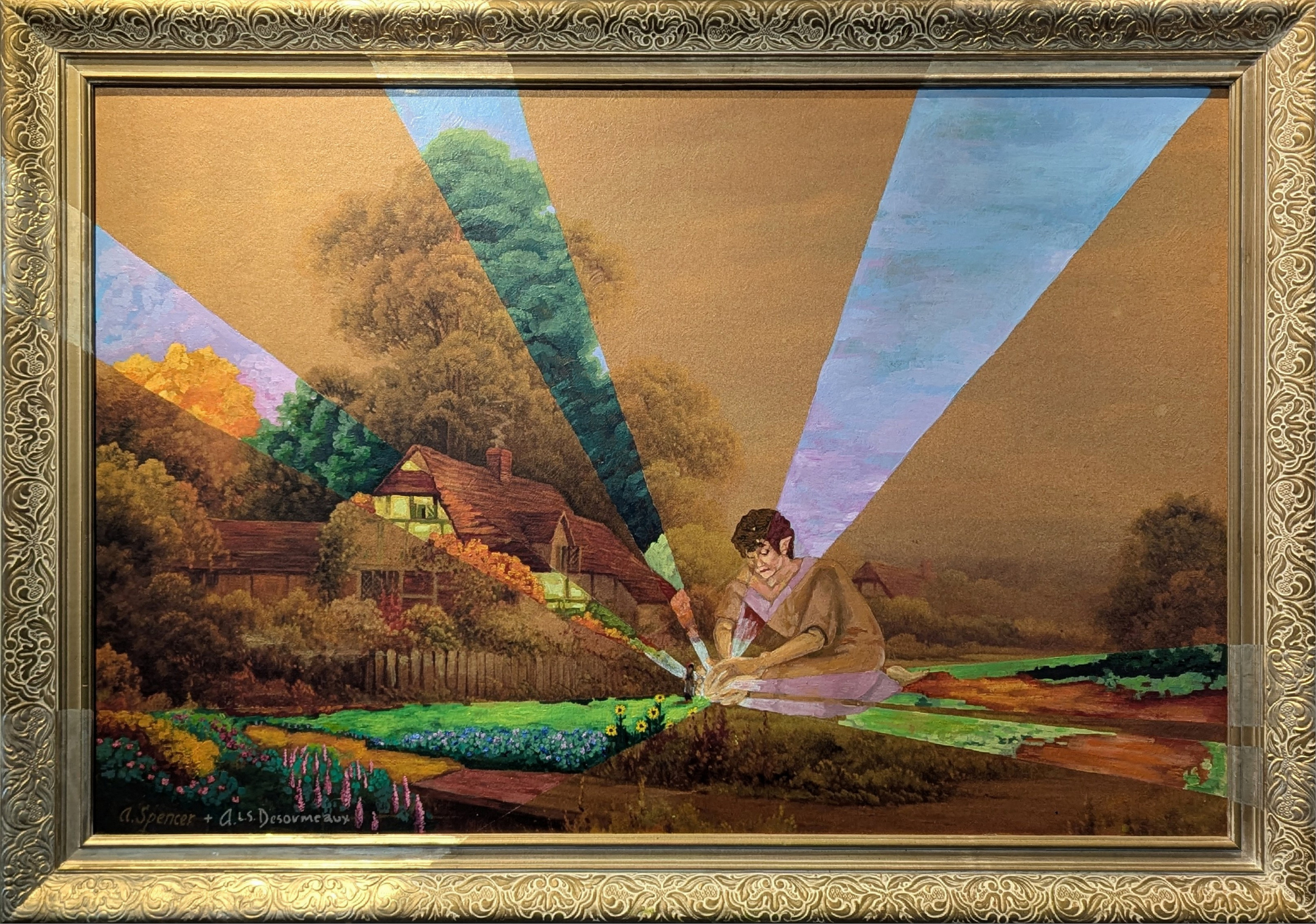02.17.19.Krause&Managan
Published 6:00 am Sunday, February 17, 2019
Rita LeBleu
rlebleu@americanpress.com
New building. Old company.
Plenty of speculation accompanied the construction of the distinctive structure at 1900 Beglis Parkway in Sulphur. Was it going to be a church? Some hoped for a restaurant. Others said it was going to be a western store.
The 3,500 square foot building is the new headquarters for a local company that’s been in business over 120 years, Krause and Managan.
“Krause & Managan offices and the sawmill were originally on the land where the Isle of Capri is now,” said William “Reid” Hays, Jr. “Logs were floated down the Calcasieu River to the sawmill.”
Hays is the company president and the great grandson of founding partner William H. Managan, Sr.
Certain features of the new building pay homage to the company’s heritage. The company’s cattle brand is emblazoned at the top of the building and repeated in the ironwork railings. The brick was salvaged from a Kansas City slaughterhouse. The interior woodwork is constructed of Southern yellow pine, which includes loblolly, long leaf and other species. High ceilings, eight-foot doors, 300-pound rough cut exposed beams and operable transoms give the interior the feel of a much older structure, but older buildings weren’t built with the energy savings features of this one. Hays is just as proud of the low energy bills – maybe more so — as the fine woodwork.
The late Patrick Gallaugher, acquainted with the company’s history, was architect. Contractor David Fontana, a 25-year Krause & Managan employee, managed the day-to-day details.
Krause & Managan is a land company, according to Hays. They buy, sell and lease land, raise cattle and lease campsites up and down the Calcasieu River. They have some oil producing wells. They have a landfill in Sulphur, sell dirt, and have their own construction company. The Moss Bluff subdivision, Will’s Settlement, is a Krause & Managan project. (Street names reflect the route of the Managan’s from Ireland to America and from New York to Louisiana.) And Krause & Managan are still in the timber business.
Hays agrees that the company’s founders might shake their heads in disbelief at the price of an acre of land today – the company still owns land purchased for one dollar per acre — but he thinks they’d be most amazed by the use of the helicopter to check on the company’s 12,000 acres in Beauregard and Calcasieu parishes.
In the company’s large foyer are framed photographs of the mill and the original illustration used to create the cover art of the book detailing the company’s history. Ty Southerland was artist. These share space with paintings by Will Ousley, the renowned artist of Bagdad. Furnishings include a desk that was salvaged from Krause & Managan offices after the flooding of 1918, which has finally been restored. On the desk are a Doyle scale, Hotchkiss and embossing paper stamp. The Doyle scale looks like a heavy-duty metal ruler, but the marks are different. Measurements indicate diameter and height of the log as well as how many boards can be produced from the log. The Hotchkiss is a “stapler” that does not require staples. It punches and folds together a small area that keeps the pages together. The antique embossing stamp, once an official stamp for the company, was used to create the company’s letterhead in later years.
A center table created from an antique sawmill blade will soon be delivered. Marble plaques with names of the 13 presidents of the board will be added to the exterior of the building. When plaque number 14 is created, it too will contain the name of a descendent of William H. Managan, Sr. who first arrived in Westlake in 1890.
In the beginning, it was all about harvesting logs from forests filled with virgin pine.
Managan took a train from Orange, Texas, according to the book on the history of the company written by Nola Mae Ross. He left his accounting job at Lutcher-Moore Lumber Company to go to work for Perkins & Miller Lumber Company. The next day he met Rudolph Krause, another boarder.
Ross wrote: “It was also the beginning of a company, later named Krause & Managan Lumber Company, Limited, which—in spite of facing early years of hardship and suffering through three financial depressions, two hurricanes, two floods, three fires and numerous ups and downs in the market—is still in existence today….”
Perkins and Miller incorporated and Krause and Managan slowly grew their shares. After the death of Allen J. Perkins, their shares jumped to 126. When Charles Miller died and his widow suggested to Krause that her son-in-law might help reduce his workload that often required late hours, he agreed. Not long after her son-in-law was hired, he fired Krause and Managan. They still owned 90 shares of stock each.
Ross wrote that the two men followed the suggestion of friends and took a long vacation with their families.
When they returned in time for the next stockholder’s meeting, the report indicated the company’s profits had declined significantly in their absence. It gave Krause and Managan the opportunity to purchase shares that would give them controlling interest. By 1906, the name of the Perkins and Miller Lumber Company was changed to the Krause & Managan Lumber Company.
There were hard times and the company struggled after the Stock Market Crash without fully recovering until after World War II. During the depression, the company sold 80,000 acres of land because they couldn’t pay the taxes.
Today the company owns assets in excess of $10 million.
Rudolph Krause died in 1944, and his wife Della Alma Sherard died in 1952. Their children were Rudolph, Karl, Elizabeth Partridge and Alma Foster.
William H. Managan, Sr. died in 1935 and his wife Matilda died in 1945. Their children were W. H. Managan, Jr., Clarence, Ralph, Luther and Lucille McCollum.
William “Reid” Hays is the grandson of Ralph and the son of William Reid and Marilyn Managan Hays.
Shown here are the new building, the company’s brand incorporated into the rails and the Doyle Scale.





